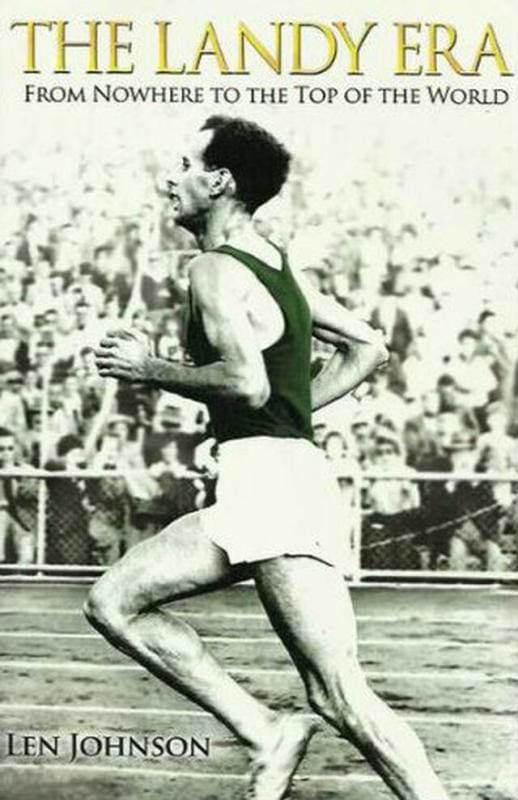Lasse Viren, the fabulous Finn who won consecutive Olympic track 5000/10,000 doubles – once suggested that elastic tapes must be used to measure the last three or four miles of the marathon.
The same sort of elongation of measurement – in this case time – seems to have applied to the selection of the Australian athletics team for the Paris24 Olympic Games. Along with an application of lubricant: just when you think you’ve got a handle on it, it slips out of your grasp again.
As a wise man pointed out early in selection discussion, an over-arching principle of the process is the “absolute discretion” it grants to the national federation (Athletics Australia) and to the selectors. The phrase is dotted through the policy like five-cent pieces in a Christmas pudding.
On the one hand, much of the language of the policy document appeared to adhere to what we have become accustomed to in recent years – inclusivity, automatic selection of first and second places in the national championships/trials provided they had achieved the qualifying standard, exhortation to potential team members that they must support the domestic season.
On the other, all these became subject to the absolute discretion clause. So, when the first phase of selections was announced at the conclusion of the national championships, it did not include several athletes most had assumed would be automatic picks. Adam Spencer, possessed of an automatic qualifying performance, winner of the men’s 1500, one of the most competitive events at the championships, was not named at that point because he had not competed at two meetings in the domestic series.
Budapest23 world championships medallists Nina Kennedy (gold), Kurtis Marschall (bronze) and Mackenzie Little (bronze) were likewise not named for the same reason. Bad optics, this column observed then, a view from which it has not resiled.
Thus began the second phase of the selection process in which everything was thrown open again, even things that had appeared closed. Athletes who wished to double in Paris, or keep that option open at least, were told that they had to either double at the nationals or choose their preferred event there. Once the nationals were done and dusted, however, the view was that all were back in the mix.

It was as if the national championships never happened. Two months later, and a week before the 30 June close-off of the Paris qualifying window, we’re still seeing not just late qualification (a good thing in general) but also a notional re-ordering of the results at the nationals race-by-race.
A second potential issue question this column asked post-nationals was what would the period until 30 June tell us that we did not already know. Would all things – indeed, any things – murky suddenly become clear? Once Australians are on the international circuit the prospects of further head-to-head meetings range from extremely limited to none. What better basis for decision making are you going to have?
That particular concern was assuaged in some events. In the women’s 1500, for example, Linden Hall, Georgia Griffith and Sarah Billings raced against each other the very weekend after Adelaide in the opening Diamond League of the season in Xiamen. This meeting also announced Billings as a real contender for the team when she broke four minutes for the first time.Xiamen notwithstanding, nationals form and finishing order has pretty much stood up. What seemed clear cut decisions then for the most part seem just as clear now. More cloudy matters then remain just as cloudy now. Some will be solved by the mathematics of the rankings system, others will still demand the selectors’ collective best guess.
Southern hemisphere-northern hemisphere considerations and geographic isolation are givens for Australia. We will always have to cope with the conundrum of selecting a team in March-April for a championship four or five months into the future. Against that, however, it seems a sound principle that as many athletes as possible should know they are in the team so they can prepare with certainty.
In Olympic years, we are also limited by the fact that we cannot nominate athletes to the Australian Olympic Committee who are not yet qualified. That should not be an insurmountable problem, however. Athletes can still be told where they stand and what they have to do to clinch a place in the team, which place will always be subject to AOC acceptance. If we want to leave one place open to discretion, we can do that, too.
And, of course, the door (or window) will always remain open to late qualifiers.
It may still be a long wait for some until the qualifying window closes, but at least it won’t seem as if each minute is being timed with a 65-seconds per minute clock.